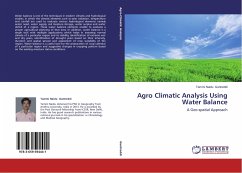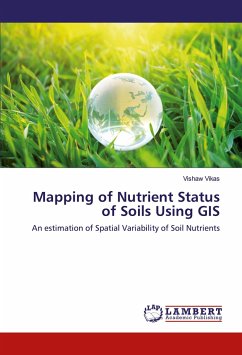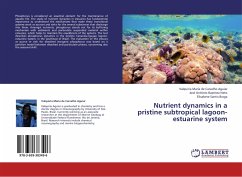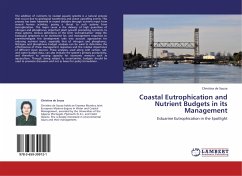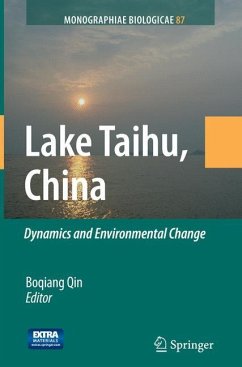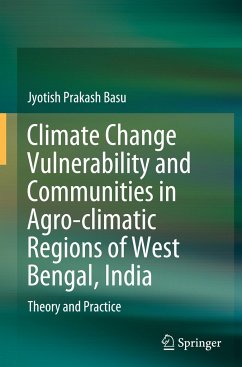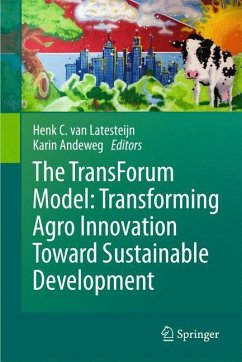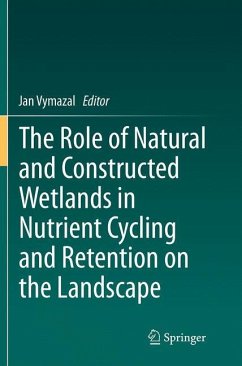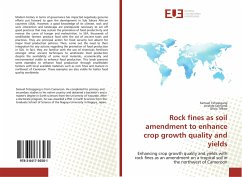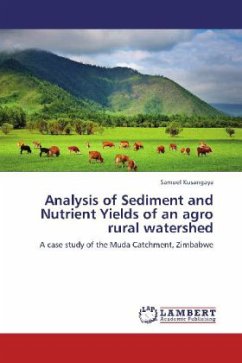
Analysis of Sediment and Nutrient Yields of an agro rural watershed
A case study of the Muda Catchment, Zimbabwe
Versandkostenfrei!
Versandfertig in 6-10 Tagen
32,99 €
inkl. MwSt.

PAYBACK Punkte
16 °P sammeln!
Estimates of sediment and nutrient yields in conjunction with erosion modelling are essential to issues of land and water management, including sediment transport and storage in lowland reservoirs, estuaries, irrigation and hydropower systems. The purpose of this project was to investigate and show the feasibility of using GIS techniques in the analysis of sediment and nutrient yields. In this case study the emphasis was on the spatio-temporal distribution of sediments and nutrient yields. GIS overlay techniques were used to compute various maps showing spatial distribution of nutrients and se...
Estimates of sediment and nutrient yields in conjunction with erosion modelling are essential to issues of land and water management, including sediment transport and storage in lowland reservoirs, estuaries, irrigation and hydropower systems. The purpose of this project was to investigate and show the feasibility of using GIS techniques in the analysis of sediment and nutrient yields. In this case study the emphasis was on the spatio-temporal distribution of sediments and nutrient yields. GIS overlay techniques were used to compute various maps showing spatial distribution of nutrients and sediments with time. GIS interpolation enabled estimation of yields in areas without measurements. Lastly, an erosion hazard analysis using the SLEMSA model was undertaken in a GIS environment to produce an erosion hazard potential map. GIS proved to be a powerful, efficient and capable tool especially in the analysis of sediment and nutrient yields for an agro- rural watersheds which sometimes are remote and inaccessible. The powerful GIS interpolation techniques provided a way to overcome data gathering challenges in such areas.



